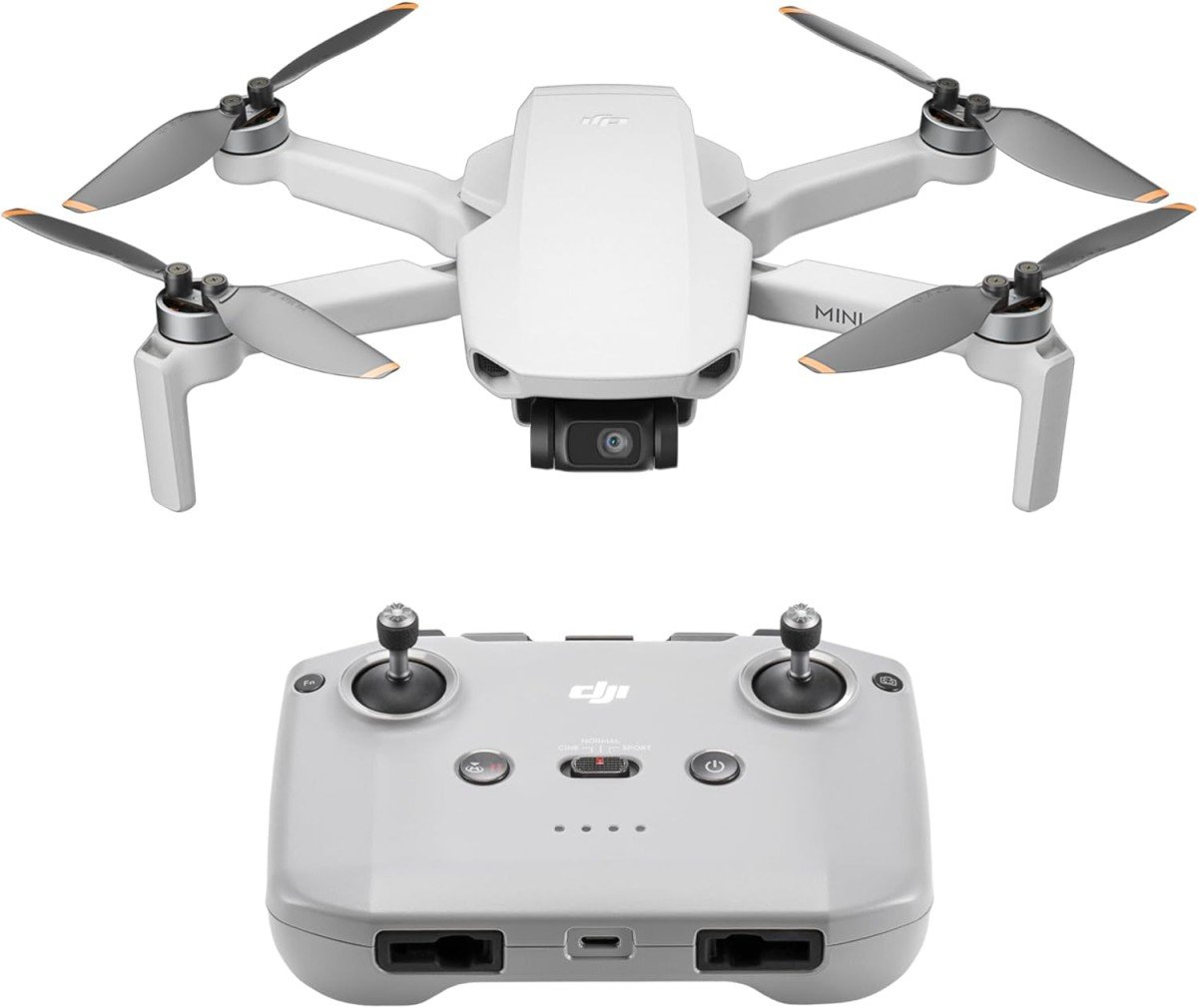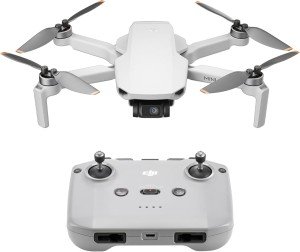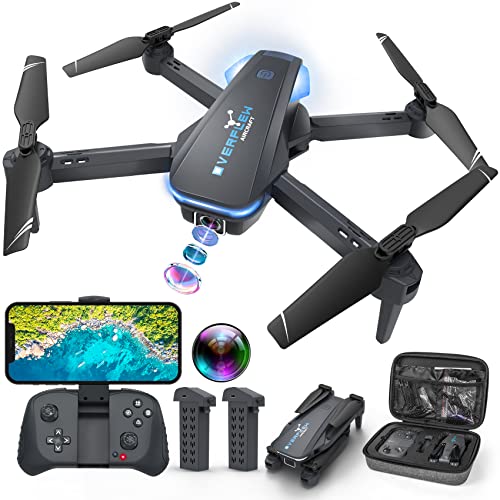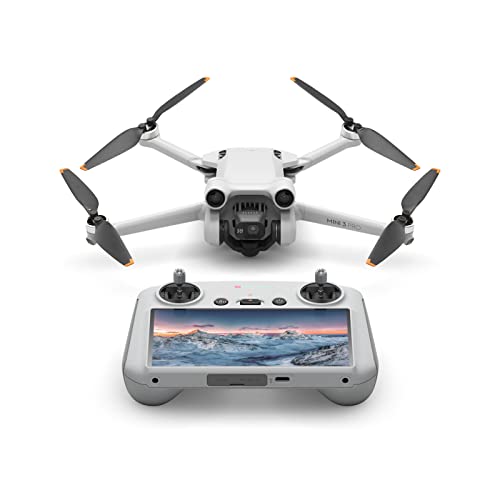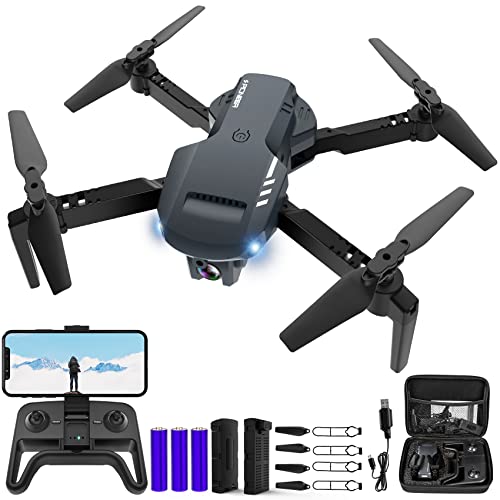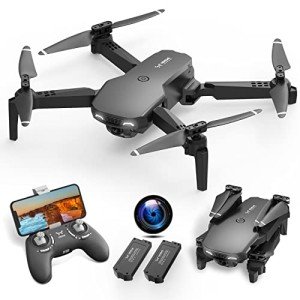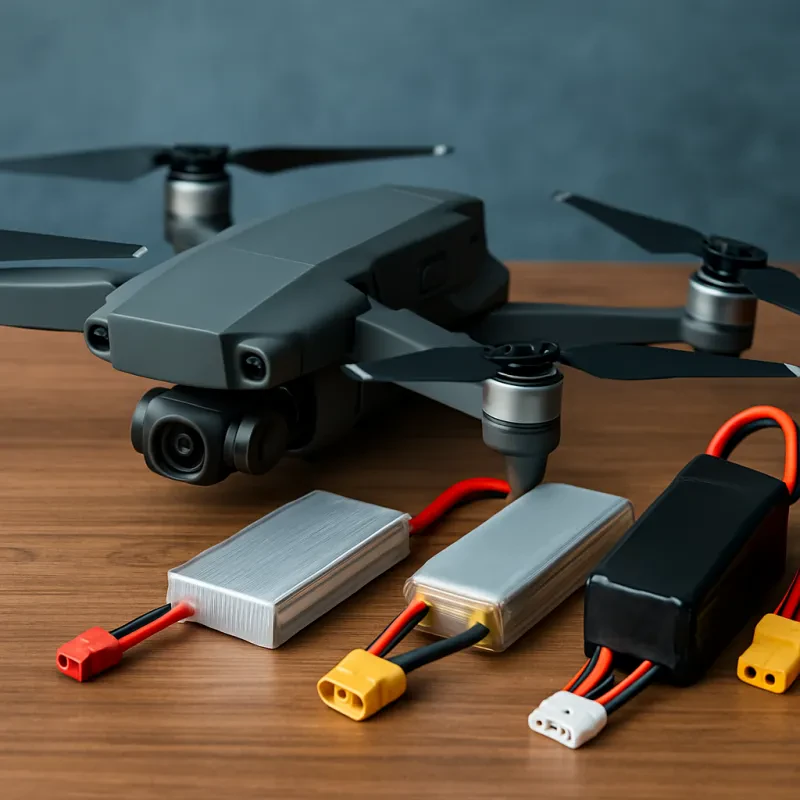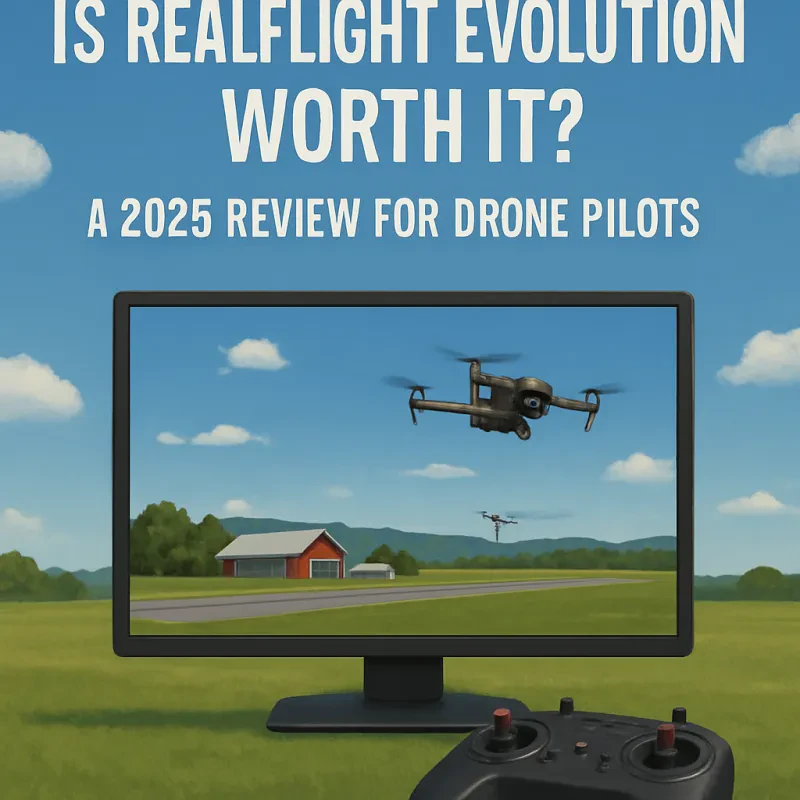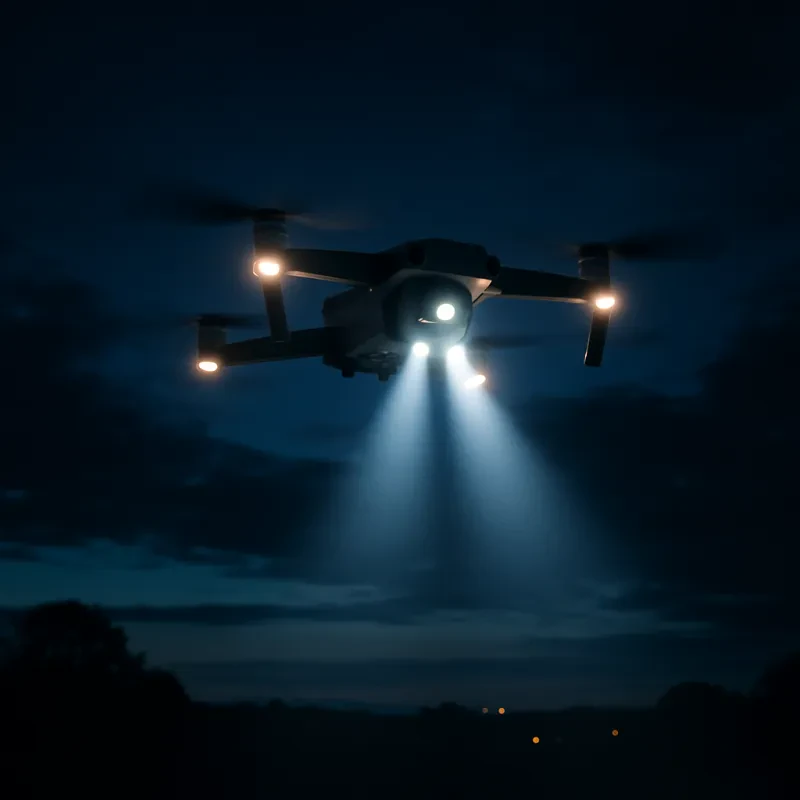The Rise of Camera Drones: How They're Changing Aerial Photography
Camera drones have become increasingly popular over the past few years, allowing both professional photographers and hobbyists alike to take stunning aerial photographs and videos. As their popularity continues to grow, it's important to understand some of the ways in which camera drones are changing how we approach aerial photography.
Breaking Down Barriers
Camera drones have made it easier than ever before to take high-quality aerial photographs and videos. Prior to their rise in popularity, taking aerial photographs required specialized equipment, including helicopters or planes, and expensive camera equipment. This made aerial photography inaccessible to many people. With the introduction of camera drones, aerial photography has become more accessible, affordable, and practical for photographers of all skill levels.
New Perspectives
Camera drones are allowing photographers to capture unique and breathtaking perspectives that were previously impossible. With the ability to fly the drone at different heights and angles, photographers can capture stunning aerial shots that showcase the landscape and environment in a new light. Additionally, camera drones can capture video footage from unique angles and perspectives, creating dynamic and engaging content.
Improved Efficiency
With camera drones, aerial photography has become more efficient and effective. Photographers no longer need to spend hours setting up complex rigging equipment, or waste time waiting for the perfect weather conditions to capture the perfect shot. Camera drones can be easily flown to any location, allowing photographers to quickly capture the shots they need.
New Possibilities
Finally, camera drones are opening up new possibilities in the world of aerial photography. As technology continues to evolve, new features and capabilities are being added to camera drones, including 360-degree cameras and live streaming capabilities. This allows photographers to capture immersive aerial footage and share it with their audience in real-time.
Overall, camera drones are revolutionizing the world of aerial photography, allowing photographers to capture stunning and unique shots that were previously impossible. As technology continues to evolve, it's exciting to see what new possibilities camera drones will enable in the future.
Camera Drones 101: Understanding the Technology and Features
Camera drones have become increasingly popular in recent years, as people are finding more and more ways to use them. From aerial photography to recreational flying, there are many reasons to invest in a camera drone. However, with so many options on the market, it can be overwhelming to decide which one to choose. Understanding the technology and features of camera drones can help you make an informed decision about which one is right for you.
Types of Camera Drones
There are two main types of camera drones: consumer drones and professional drones. Consumer drones are typically smaller and less expensive than professional drones, and they often come with built-in cameras. Professional drones, on the other hand, are larger and more expensive, and they usually require a separate camera to be attached.
Camera Quality
One of the most important features to consider when choosing a camera drone is the quality of the camera. Higher-end drones will offer better camera quality, while more affordable models may have lower-quality cameras. The camera's resolution, frame rate, and image stabilization are all factors to consider when evaluating camera quality. Look for drones that offer at least 4K resolution and 30 frames per second, as well as image stabilization to ensure your footage is clear and stable.
Flight Time and Range
Another important factor to consider is the drone's flight time and range. Most drones will offer between 15-30 minutes of flight time per battery charge, but this can vary depending on the model. It's also important to consider the drone's range, or how far it can fly away from the controller before losing connection. Higher-end drones will typically have longer flight times and ranges.
Obstacle Avoidance
Obstacle avoidance is a newer feature on camera drones, but it's becoming increasingly important. Some drones have sensors that can detect obstacles and automatically adjust their flight path to avoid collisions. This feature can be particularly helpful for beginners or when flying in more challenging environments.
Additional Features
Some drones come with additional features, such as GPS, follow-me mode, and return-to-home, which can add to their usability and convenience. GPS allows the drone to maintain a stable position in the air, while follow-me mode allows the drone to follow and film the user. A return-to-home feature will automatically return the drone to its starting point if the battery is running low or if it loses connection.
Understanding the technology and features of camera drones can help you make an informed decision about which one is right for you. Whether you're a professional photographer or simply looking for a new hobby, camera drones offer a unique and exciting way to capture the world from above.
Legal and Safety Considerations for Using Camera Drones
Camera drones have become increasingly popular in recent years, with their ability to capture breathtaking aerial footage and photography. However, it’s important to note that the use of these unmanned aircraft systems (UAS) comes with legal and safety considerations that must be followed. In this article, we’ll discuss the key legal and safety considerations you need to keep in mind when using camera drones.
Legal Considerations
- Register your drone: If your drone weighs more than 0.55 pounds, you must register it with the Federal Aviation Administration (FAA) before flying it outdoors.
- Obtain a Remote Pilot Certificate: If you intend to use your drone for commercial purposes (e.g., photography or videography), you must obtain a Remote Pilot Certificate from the FAA.
- Follow FAA regulations: The FAA has established various regulations for drone use, including flying below 400 feet, maintaining visual line of sight with the drone, and avoiding use in restricted airspace (e.g., near airports).
- Respect privacy laws: It’s important to remember that using a drone for surveillance can violate privacy laws. Before flying your drone, it’s important to obtain the appropriate permissions from property owners or obtain a warrant from law enforcement (if necessary).
Safety Considerations
- Fly in good weather conditions: Drones should not be flown in rain, snow, or fog, as these conditions can impair visibility and affect the drone’s performance.
- Avoid flying over people: In the event of a drone malfunction or crash, avoid flying over people to minimize the risk of injury.
- Keep your drone in sight: Always maintain visual line of sight with your drone while flying it, and do not rely solely on the drone’s camera to navigate.
- Be mindful of your surroundings: When flying a drone, be aware of your surroundings and avoid flying near obstacles such as trees, buildings, or power lines.
- Be respectful: Finally, it’s important to be respectful when using a drone. Avoid flying over private property without obtaining permission, and do not disturb wildlife or other individuals.
By following these legal and safety considerations, you can ensure that you are using your camera drone responsibly and minimizing the risk of accidents or legal issues. Happy flying!
DJI Mini 4K Drone with UHD Camera and Stabilization
Experience stunning aerial photography and effortless piloting with the DJI Mini 4K Drone's advanced UHD camera and superior stabilization features
Product information
$350.21 $291.65
Product Review Score
4.39 out of 5 stars
226 reviewsProduct links
